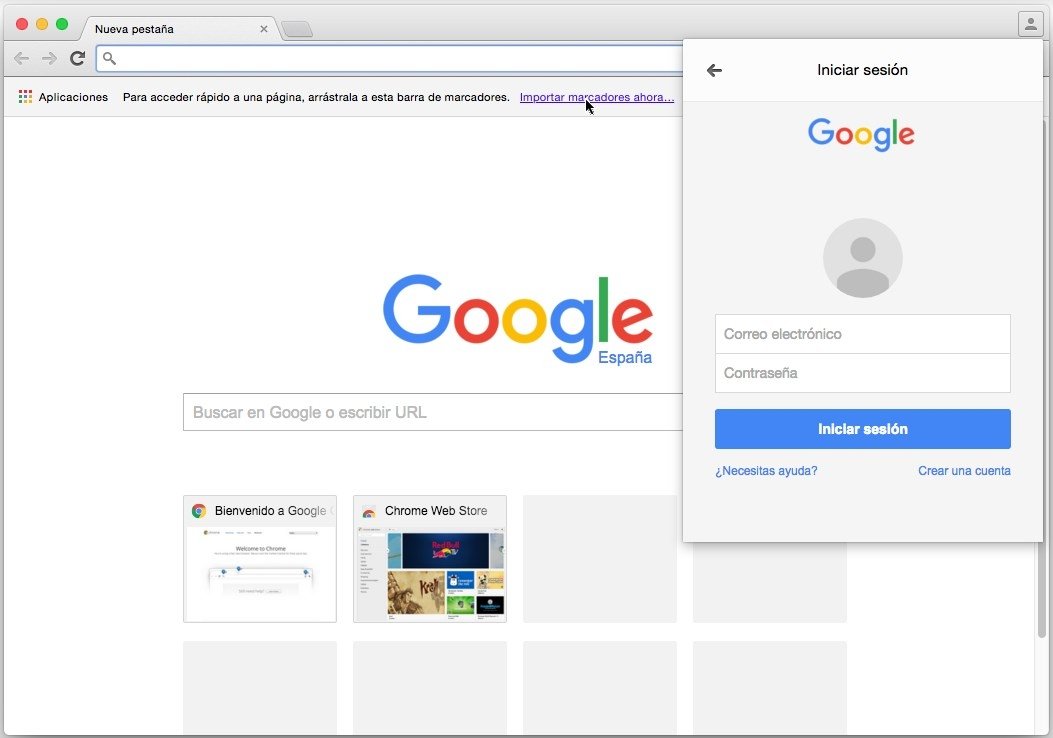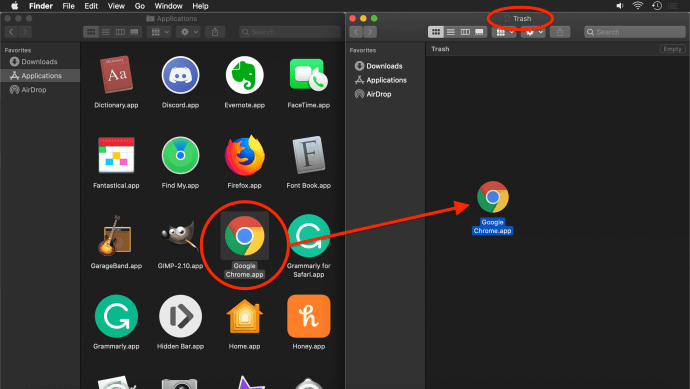
Jetstream2 is the broadest of the three benchmarks and includes workloads for data sorting, regular expression parsing, graphic ray tracing, and more. Speedometer shows a massive advantage for M1 silicon running natively, whether Safari or Chrome Chrome x86_64 run through Rosetta2 is inconsequentially slower than Chrome running on a brand-new HP EliteBook with Ryzen U CPU. This is probably the most relevant benchmark of the three for "regular webpage," if such a thing exists.

The first benchmark in our gallery above, Speedometer, is the most prosaic-the only thing it does is populate lists of menu items, over and over, using a different Web-application framework each time. dmg is available today, and-as expected-it's significantly faster if you're doing something complicated enough in your browser to notice. That was and still is a true statement we find it difficult to believe anyone using the non-native binary for Chrome under an M1 machine would find it "slow." That said, Google's newer, ARM-native. Open any web browser, type “ /chrome” into the address bar, and then press the Enter button.Further Reading Hands-on with the Apple M1-a seriously fast x86 competitor In our earlier testing, we declared that the previous version of Google Chrome-which was available only as an x86_64 binary and needed to be run using Rosetta 2-was perfectly fine. Start by downloading the Chrome installer. On Windows 11, choose “Apps” from the left sidebar and then select “Installed Apps.” From the following menu, locate “Google Chrome,” click the corresponding three-dot icon, and then select “Uninstall.” A confirmation prompt will alert you that by clicking “Uninstall” again, “This app and its related info will be uninstalled.” Windows 10 will retain your profile information, bookmarks, and history. You will be prompted to click a second “Uninstall” button, which will complete the uninstall process. Click “Google Chrome” and then select the “Uninstall” button. On Windows 10, from the pop-up menu, click “Apps.” Scroll down the “Apps & Features” list to find Google Chrome.

(This will look slightly different on Windows 11.) Open your Start menu by selecting the Windows logo in the taskbar and then click the “Settings” cog icon.

How to Uninstall Google Chrome on Windows 10 and 11

You can now sign in to your Google account, personalize the web browser, and start using Chrome as your own. When prompted to allow this app to make changes to your device, click “Yes.” Google Chrome will begin the installation and open the browser automatically upon completion.


 0 kommentar(er)
0 kommentar(er)
